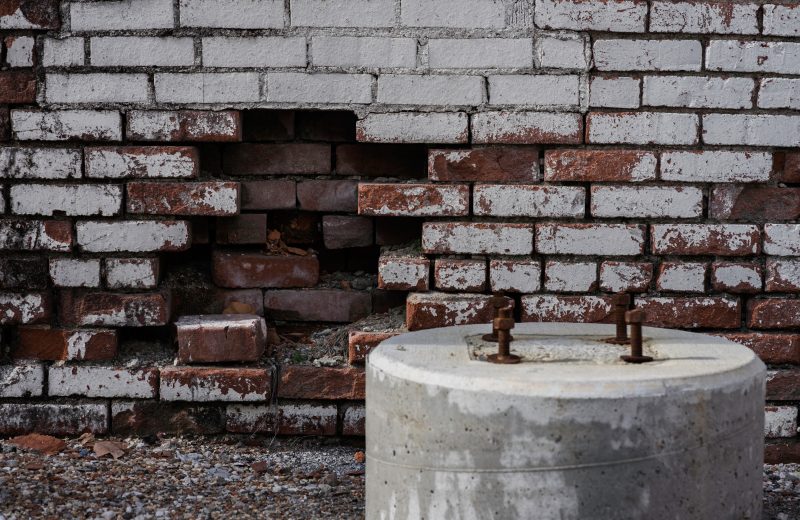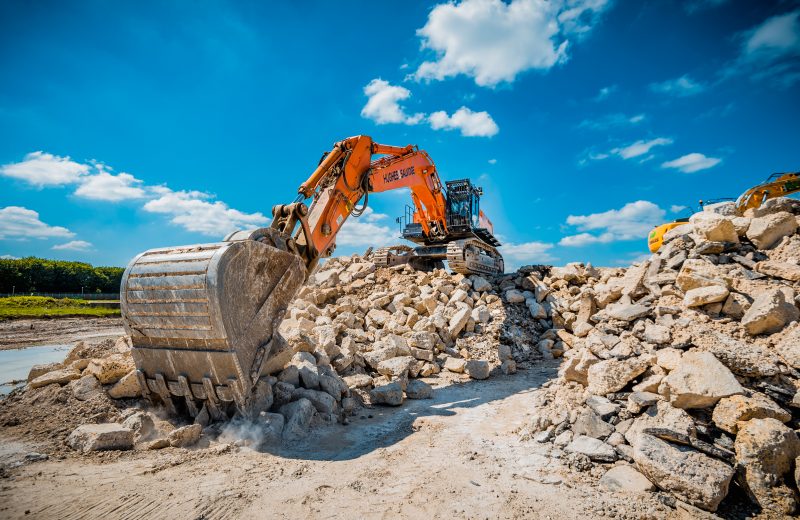Mining and quarrying can often get mixed up since both extract various materials. However, the two operations use different processes to extract minerals through varied methods of tools and machinery.
Mining and quarrying – the differences
A mine is essentially an underground project, whereas a quarry is an extraction site without a roof. Mining focuses on extracting minerals to produce metals or coal, and quarrying is the process of extracting natural stones for building projects.
When mining, you can discover materials such as coal or gemstones. Quarrying will uncover stone, gravel, clay and more, depending on your resources.
What is quarrying?
Quarrying is the process of removing gravel, sand, rock and other aggregates from the ground for use in construction or other projects. Quarries are also known as open pits, opencast mines or surface mines.
The history of quarrying
Original methods of extracting materials from quarries have drastically transformed since their origin in Ancient Egypt. Centuries ago, quarries were mined with picks, chisels and hammers made from metals or stone.
It took a lot of time to get any work done, and the heavy materials were lifted out of quarries manually, a process that would often involve ropes and sledges to try and ease the pain of continuous manual labour. Thousands of workers would have to graft, and the process would have been debilitating.
Quarrying today
In the modern world, quarrying is a much simpler process thanks to mechanics and top-level machinery. Miners use industrial drills to drill through hard rock, and explosives are regularly used in difficult areas to remove any unwanted material that may block the necessary rocks.
Mining trucks are then required to remove all aggregates, which can hold more than 350 tons of material, making the overall process much more efficient for workers.
Uses of quarried materials
Depending on the stones, materials are used for different projects and purposes. For example, dimension stones, which are precisely cut and large, are used for constructing monuments, decorating the outer areas of a building and in smaller materials, such as kitchen countertops or roofing. Aggregates, such as crushed rock, sand or gravel, are used in construction to build stable layers in the foundation of roads or pathways. They can also be used to make concrete and decorations for gardens.
The ever-changing environment
Quarries can change their environment. Abandoned quarries can fill with water, which creates artificial lakes, and some may displace large quantities of soil preventing life from returning to the spot.
Many man-made lakes are safe for human and aquatic animal use and make for the perfect swimming spot with clear, deep water to enjoy. However, some may have mining equipment left at the bottom, making them a danger zone. Mining can also invite exposed toxic materials, which could spread into the water.
The Quarrying Process
- Workers will begin by creating a detailed plan to map out any activity on the site
- Work will commence, starting with removing the top layer of material called the overburden
- Necessary holes to get drilled, and explosives will break down materials
- Remove desired aggregate and transport materials for processing
- Process materials using crushing and screening technologies
- Transport final product to customers and clients
- Products get used for sustainable projects
- Products can continue to be reused and recycled to keep carbon emissions low.
The aftermath of aggregates
Aggregates cover a variety of materials and can be mixed with others to form concrete for buildings. Here are just some of the examples of aggregates and their uses:
Granite
Granite is a coarse rock or quartz that has many uses. In recent times, granite has been used less frequently for building materials and is more in demand for sculpture work and tombstones. Granite works beautifully with marble to create luxurious flooring for the home.
Marble
As one of the most luxurious rocks, marble creates some of the most beautiful flooring, tabletops and even sculptures. Marble takes over several months of digging before extraction happens.
Slate
Slate is the perfect aggregate for flooring and roof tiles due to its thin, highly-strong, durable nature. Once mined, it can be morphed into thinner sheets, making it easier for adaptability and better efficiency.
K&B Crushers can help
At K&B Crushers, all of our recovered and reclaimed aggregates are treated using advanced processes and material screening techniques, to exactly match your specifications. Aggregates are an essential ingredient for tough concrete, foundations, levelling and filling. Get in touch with us today to learn more.



